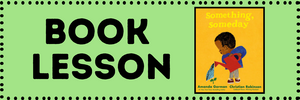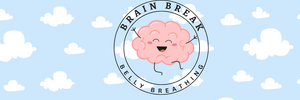How do lizards find food to eat? Learn about this and more in this science mini spark
Spark your thinking!
1. Set up your Science mini spark recording page: #39: Lizard Mazes
2. Read this introduction to what you will learn in this mini spark. On your recording sheet, write a summary of what you will learn.
What is your hide-and-seek strategy? Maybe you search one area at a time, look for signs of movement, or even listen to see if you can hear your friends. Wild animals use lots of different strategies when they search for food. Guatemalan beaded lizards come from a desert valley surrounded by rugged mountains. They like to eat bird and lizard eggs, as well as insects, baby birds and small mammals. These can be hard to find! We wanted to know what strategies these lizards use when they are hunting for their next meal. We designed a maze experiment to help us figure it out. We placed food in a maze and watched how the lizards navigated the maze. We found that they were good at remembering where they’d already looked. They did best when there was a scent trail for them to follow. They did not do as well when they had to detect airborne scent from a distance. These experiments help us know more about the strategies these lizards use in the wild!
3. Read this article carefully. Make a mini dictionary on your recording sheet with at least 8 words with a short definition.
4. Choose 2 of these questions to answer from the point of view of a lizard.
What kind of foods do Guatemalan beaded lizards eat in the wild?
How did we make sure that the animals felt comfortable?
How did we determine whether the lizards were using their vomerolfaction ability?
Imagine that you are on a game show where you need to find prizes in a maze. What strategy will you use to find them?
5. Share your science mini spark recording page with your teacher/EY coordinator.






 Sometimes the world feels broken. And problems seem too big to fix. But somehow, we all have the power to make a difference. With a little faith, and maybe the help of a friend, together we can find beauty and create change.
Sometimes the world feels broken. And problems seem too big to fix. But somehow, we all have the power to make a difference. With a little faith, and maybe the help of a friend, together we can find beauty and create change. recording page. Record your ideas on the flower.
recording page. Record your ideas on the flower.
 This deep breathing technique is at the core of many mindfulness and relaxation practices. It may take a lot of practise to get right, but it is well worth the effort!
This deep breathing technique is at the core of many mindfulness and relaxation practices. It may take a lot of practise to get right, but it is well worth the effort!

